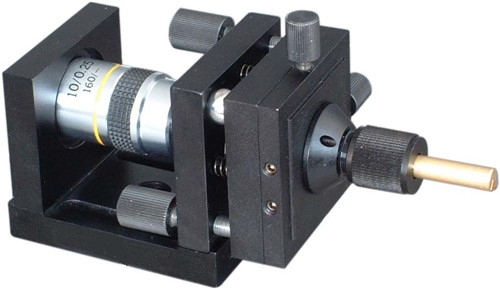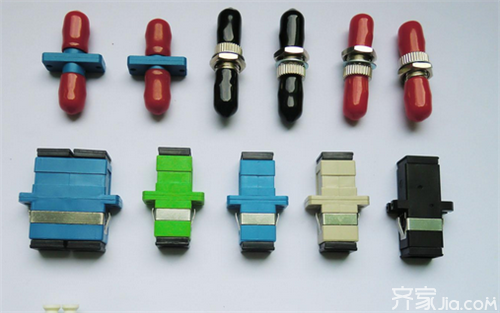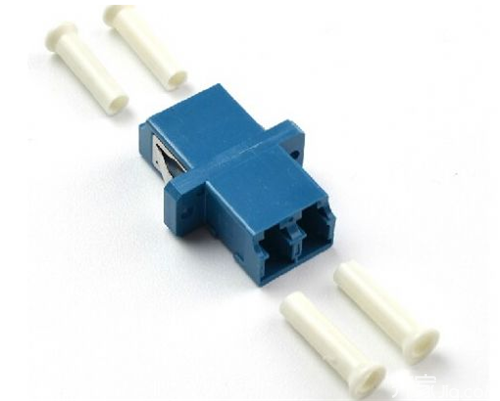Fiber optic couplers, also known as splitters, connectors, couplers, flanges, are used to implement optical signal splitting/combination, or to extend the components of optical fiber links, which belong to the field of optical passive components, then
optical fiber couplers What is the working principle? Let's look at it together.
 [ Fiber Optic Coupler Working Principle]
[ Fiber Optic Coupler Working Principle] The fiber coupler is a device for detachable (active) connection between the optical fiber and the optical fiber. It precisely couples the two end faces of the optical fiber so that the optical energy output from the emitting fiber can be coupled to the receiving optical fiber to the utmost extent. And to make it involved in the optical link to minimize the impact on the system. For waveguide type optical coupler, having a generally Y-shaped branch element, an optical signal input from an optical fiber it is available to be aliquoted. As the opening angle of the coupler branch increases, the leakage of light into the cladding will increase so as to increase the excess loss. Therefore, the opening angle is generally within 30°, so the waveguide fiber coupler cannot be too short.
[Category of Fiber Optic Coupler] According to the different fiber coupling there are the following categories:
SC fiber coupler: applied to the SC fiber interface, it looks very similar to the RJ-45 interface, but the SC interface is more flat, the obvious difference is the inside of the contact, if it is 8 thin copper contacts, then RJ-45 interface, if it is a copper column SC fiber interface.
LC Fiber Coupler: A connector for LC fiber interfaces that connects to SFP modules. It is made using the easy-to-use modular jack (RJ) latch mechanism. (used by routers)
FC fiber coupler: It is applied to FC fiber interface. The external reinforcement method is metal sleeve. The fastening method is turnbuckle. Generally used on the ODF side (the most used on the distribution frame)
ST fiber coupler: used in ST fiber interface, often used in fiber distribution frames, the shell is round, fastening method is a turnbuckle. (For 10Base-F connections, connectors are usually ST type. Commonly used for fiber distribution frames)
 Fiber Coupler Performance Indicators:
Fiber Coupler Performance Indicators: Insertion loss: ≤ 0.3dB (PC) ≤ 0.2dB (UPC) <0.2dB (APC) ≤ 0.3dB (multimode)
● Return loss: ≥ 40dB (PC) ≥ 50dB (UPC) ≥ 60dB (APC) ≥ 35dB (multi-mode)
● Interchangeability: ≤0.2dB working temperature (°C): -30 - +80
● Storage temperature (°C): -40 - +85
● Vibration test: ≤0.1dB (10-60Hz, 1.5mm amplitude)
● Tensile strength test: ≤0.1dB (0-15Hg tension, excluding φ0.9mm fiber)
● Repeatability: ≥1000 times

Xiao Bian concludes: The above introduced the working principle and classification of the
fiber coupler, and we hope to help everyone. For more relevant knowledge, please continue to pay attention to this website information platform. Follow-up will present more exciting content for everyone.
Fiber optic cable siphon principle principle of refrigeration





